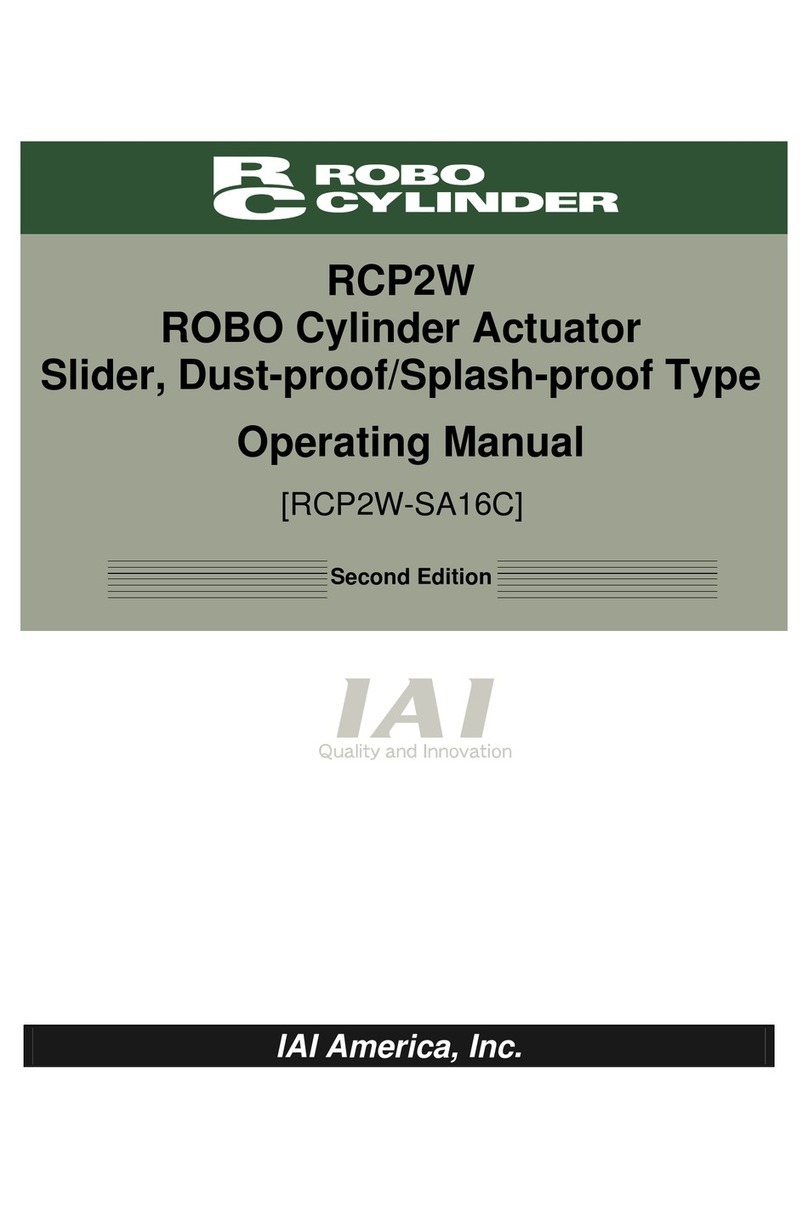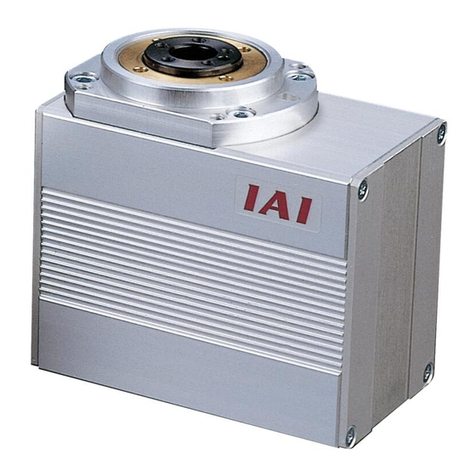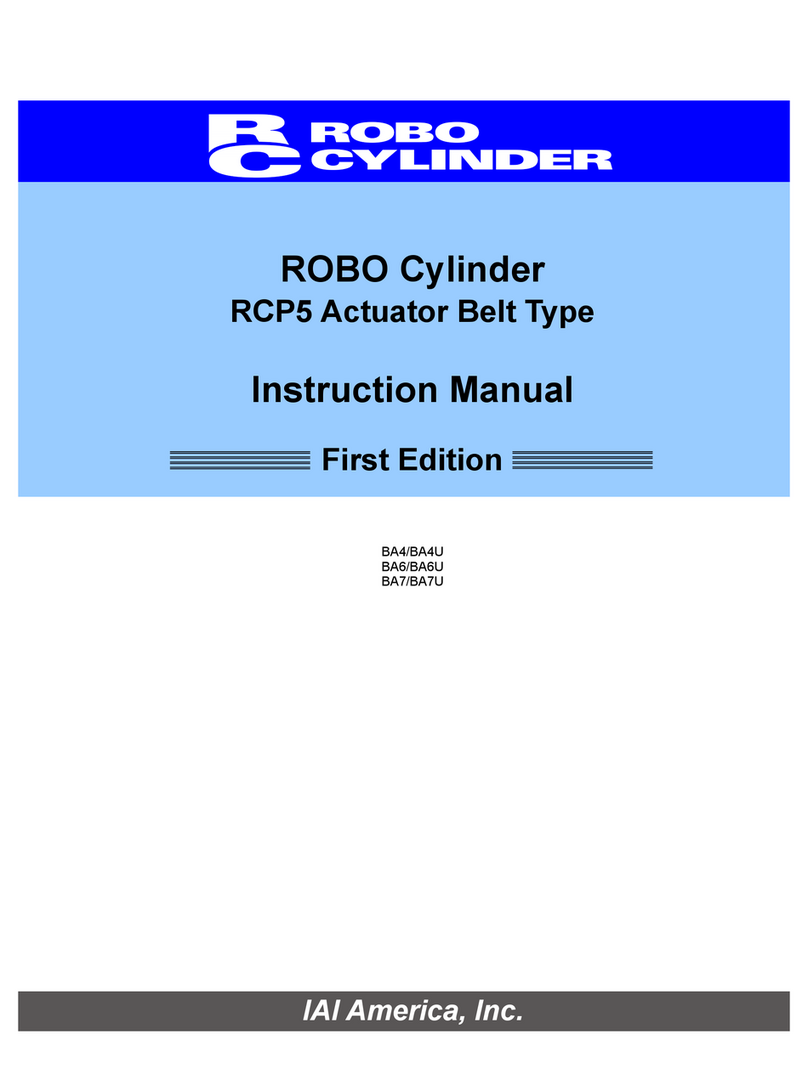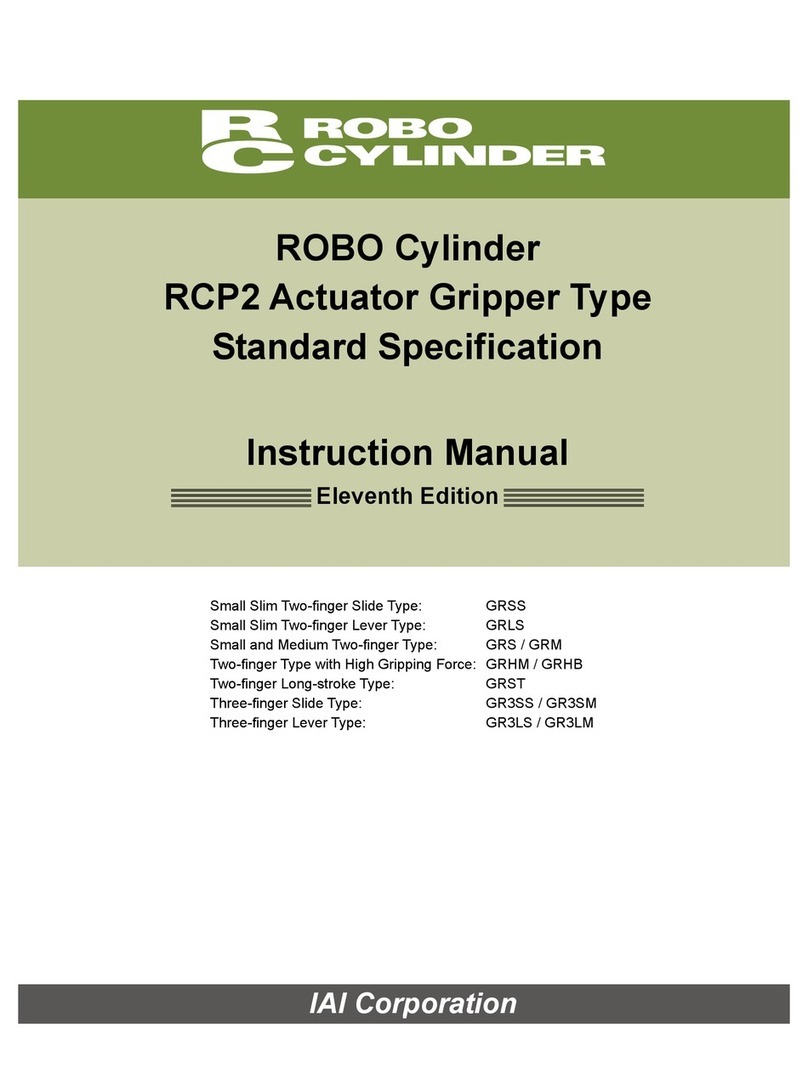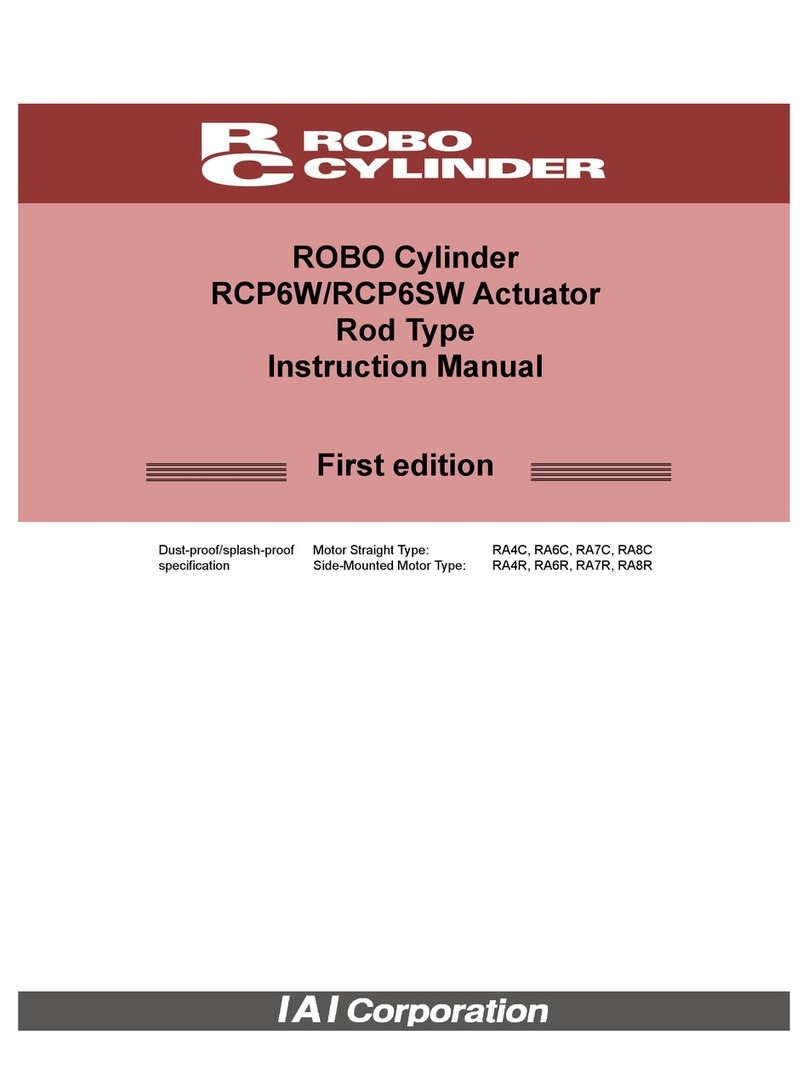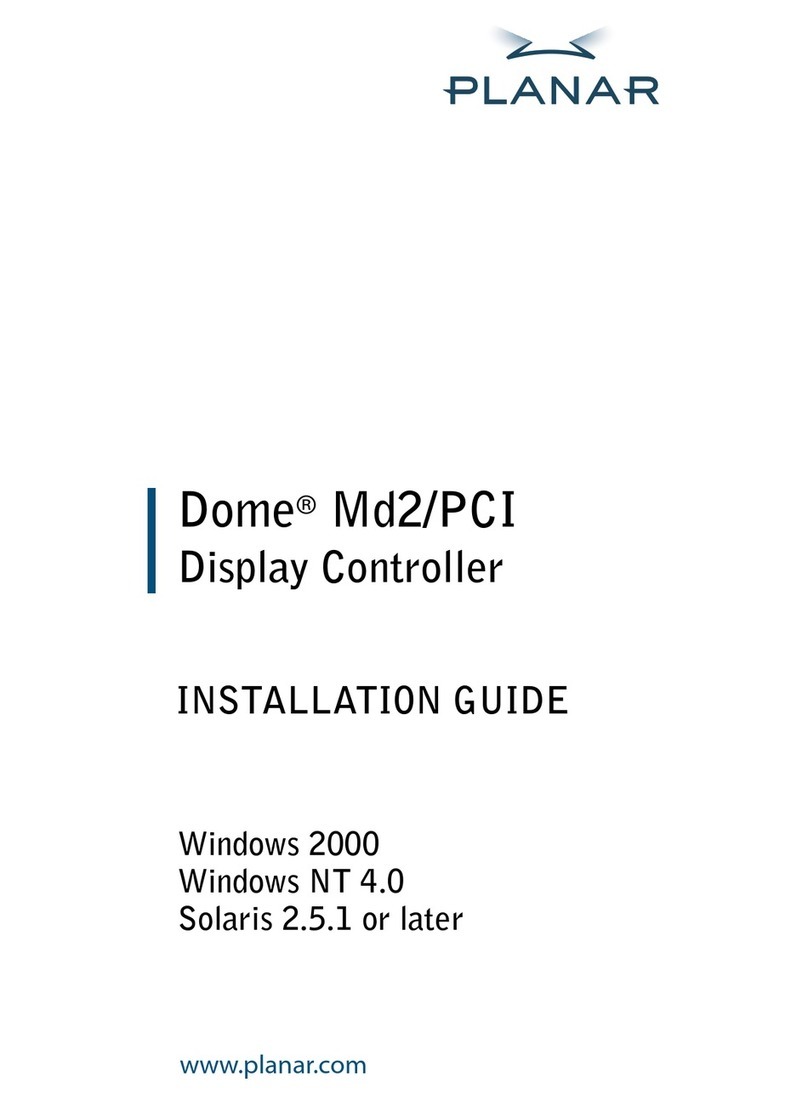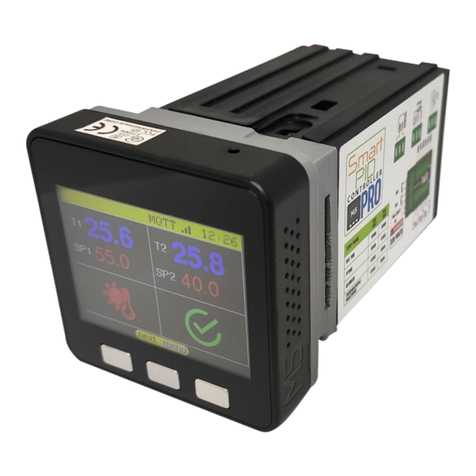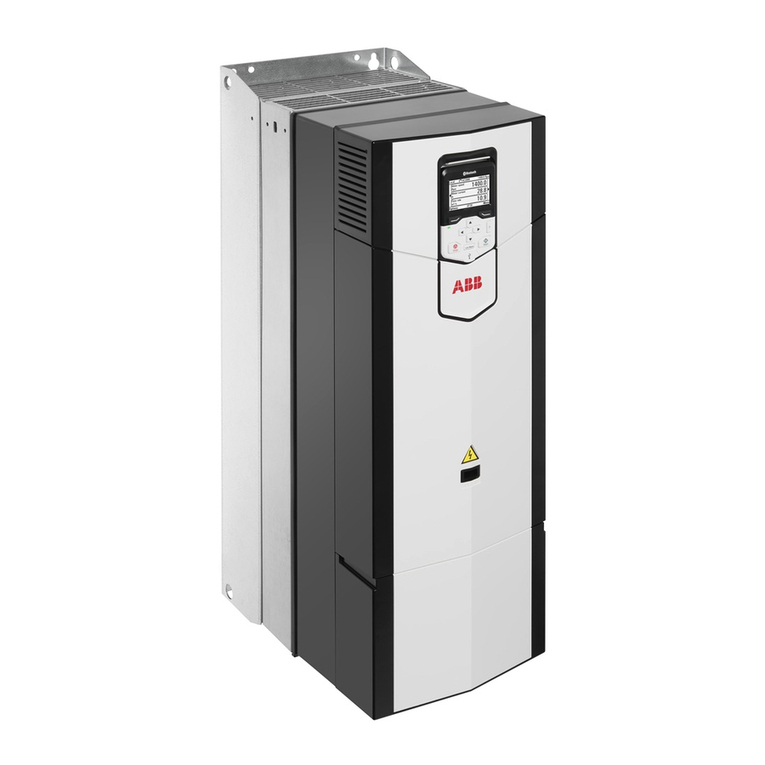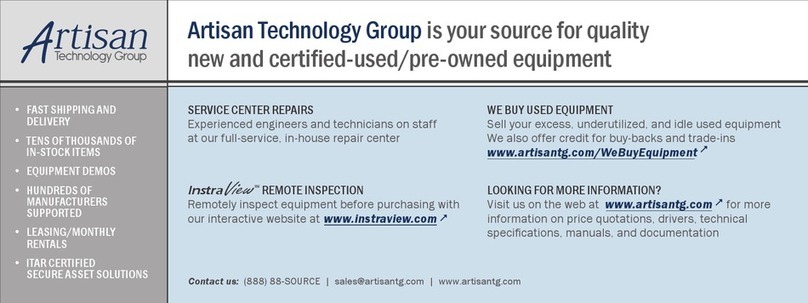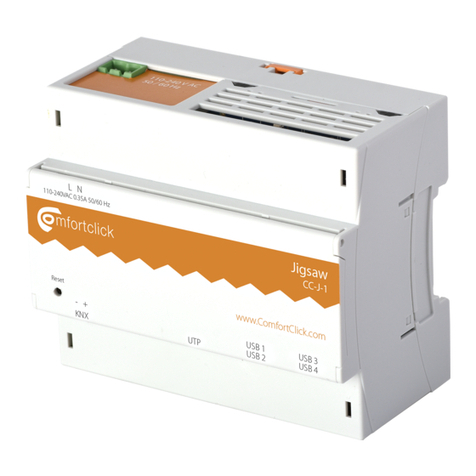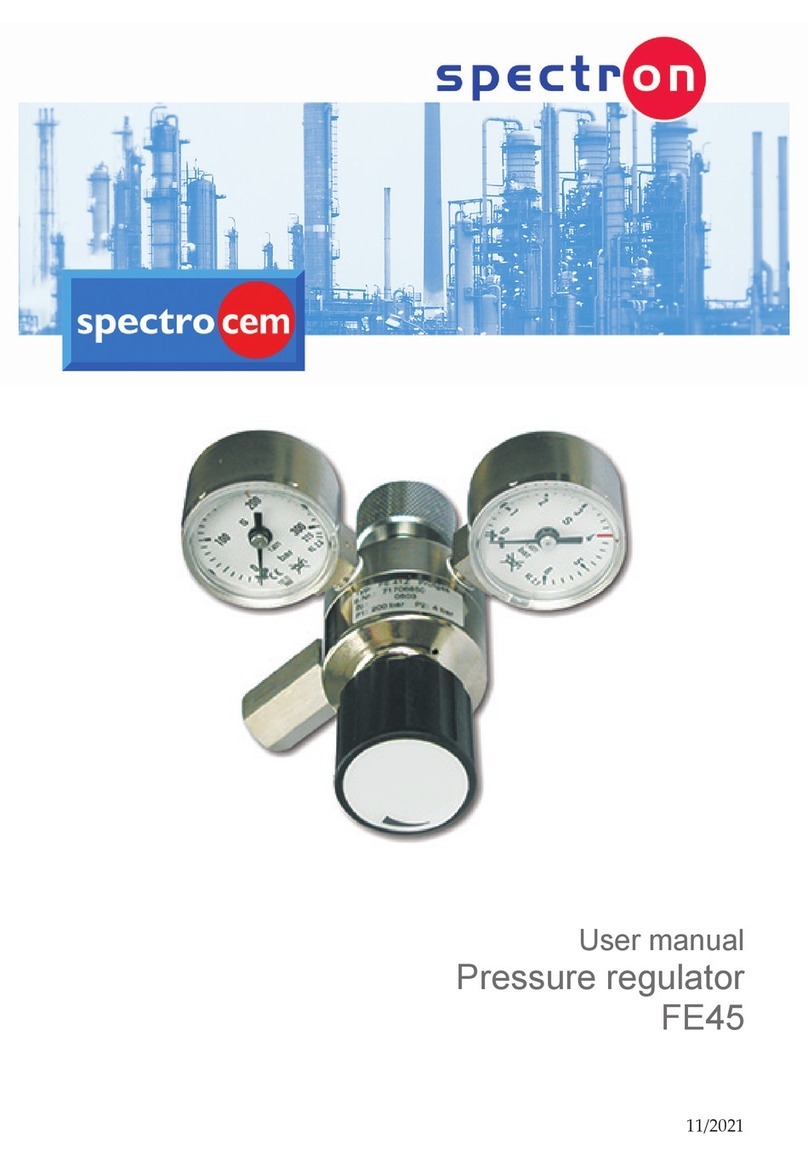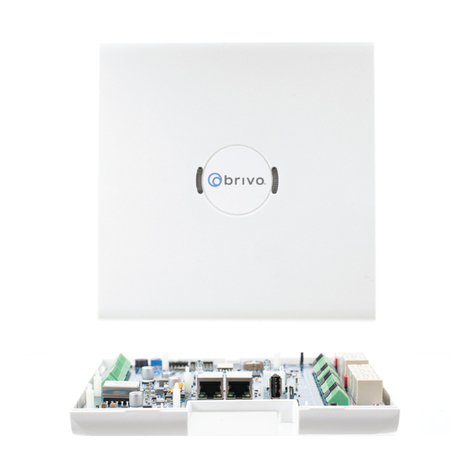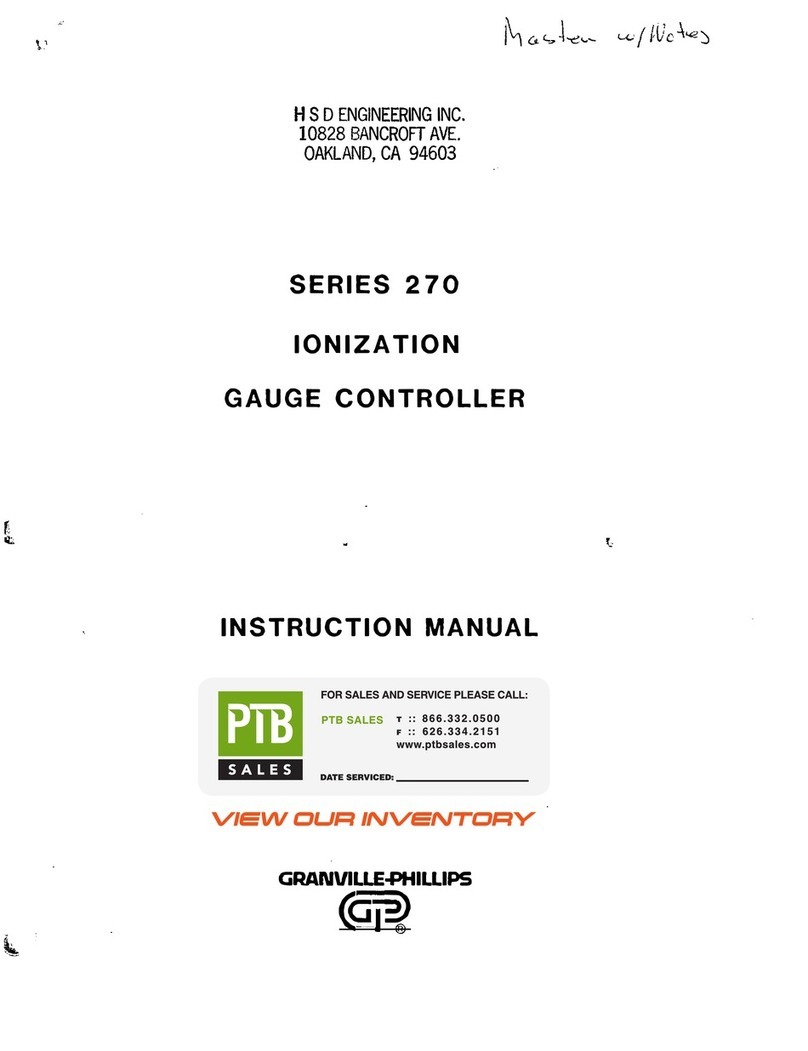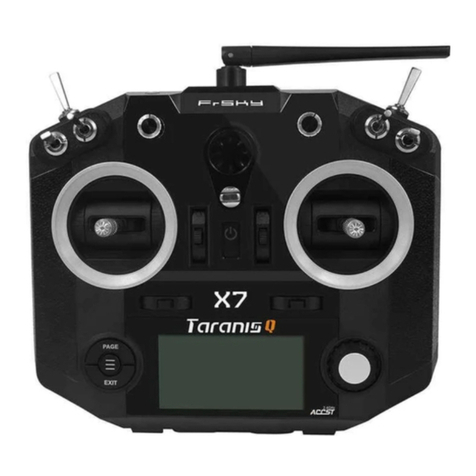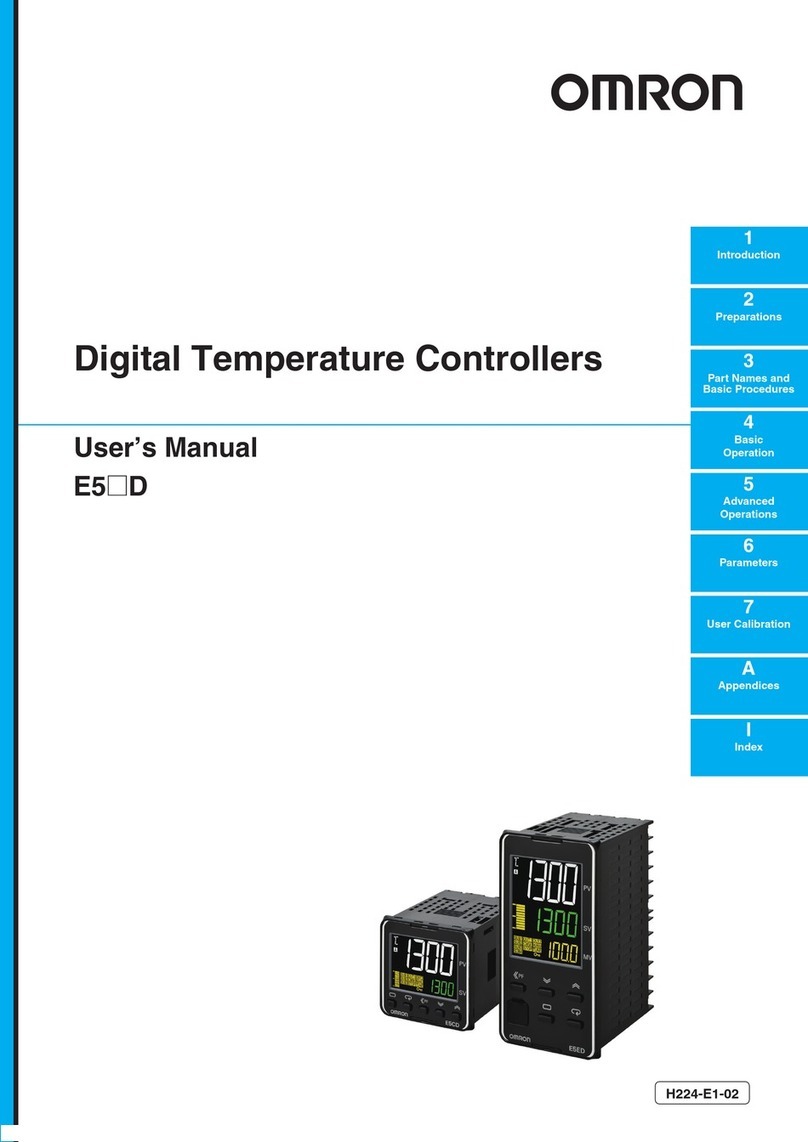ROBO Cylinder IAI America RCA-SA4C User manual

-~
ARTISAN
®
~I
TECHNOLOGY
GROUP
Your definitive source
for
quality
pre-owned
equipment.
Artisan Technology
Group
Full-service,
independent
repair
center
with
experienced
engineers
and
technicians
on staff.
We
buy
your
excess,
underutilized,
and
idle
equipment
along
with
credit
for
buybacks
and
trade-ins
.
Custom
engineering
so
your
equipment
works
exactly as
you
specify.
•
Critical
and
expedited
services
•
Leasing
/
Rentals/
Demos
• In
stock/
Ready-to-ship
•
!TAR-certified
secure
asset
solutions
Expert
team
ITrust
guarantee
I
100%
satisfaction
All
tr
ademarks,
br
a
nd
names, a
nd
br
a
nd
s a
pp
earing here
in
are
th
e property of
th
e
ir
r
es
pecti
ve
ow
ner
s.
Find the IAI RCA-S-SA6-EU at our website: Click HERE

Motor Straight Type
(Coupling Type) RCA-SA4C, SA5C, SA6C
Motor Straight Type
(Built-in Type)
RCA-SA4D, SA5D, SA6D
SS4D, SS5D, SS6D
Standard type
Motor Reversing Type RCA-SA4R, SA5R, SA6R
Motor Straight Type
(Coupling Type) RCACR-SA4C, SA5C, SA6C
Cleanroom type Motor Straight Type
(Built-in Type) RCACR- SA5D, SA6D
IAI America, Inc.
Eighth Edition
Artisan Technology Group - Quality Instrumentation ... Guaranteed | (888) 88-SOURCE | www.artisantg.com

Artisan Technology Group - Quality Instrumentation ... Guaranteed | (888) 88-SOURCE | www.artisantg.com

Please Read Before Use
Thank you for purchasing our product.
This Operation Manual explains the handling methods, structure and maintenance of this product, among others,
providing the information you need to know to use the product safely.
Before using the product, be sure to read this manual and fully understand the contents explained herein to
ensure safe use of the product.
The CD that comes with the product contains operation manuals for IAI products.
When using the product, refer to the necessary portions of the applicable operation manual by printing them out
or displaying them on a PC.
After reading the Operation Manual, keep it in a convenient place so that whoever is handling this product can
reference it quickly when necessary.
[Important]
This Operation Manual is original.
The product cannot be operated in any way unless expressly specified in this Operation Manual. IAI
shall assume no responsibility for the outcome of any operation not specified herein.
Information contained in this Operation Manual is subject to change without notice for the purpose of
product improvement.
If you have any question or comment regarding the content of this manual, please contact the IAI sales
office near you.
Using or copying all or part of this Operation Manual without permission is prohibited.
The company names, names of products and trademarks of each company shown in the sentences are
registered trademarks.
Artisan Technology Group - Quality Instrumentation ... Guaranteed | (888) 88-SOURCE | www.artisantg.com

Note
Greasing Actuators of Cleanroom Specification
For ROBO Cylinder actuators of cleanroom specification, use grease of low-dust-raising type for
cleanroom applications.
The grease specified in the maintenance/inspection sections of the Operating Manual is for
actuators of standard specification.
Using the grease for the standard actuators on the cleanroom actuators may generate dust.
C Grease by Kuroda Precision Industries is applied to the cleanroom actuators before shipment
from IAI.
Recommended grease: C Grease by Kuroda
Precision Industries Ltd.
Artisan Technology Group - Quality Instrumentation ... Guaranteed | (888) 88-SOURCE | www.artisantg.com

CE Marking
If a compliance with the CE Marking is required, please follow Overseas Standards Compliance Manual
(ME0287) that is provided separately.
Artisan Technology Group - Quality Instrumentation ... Guaranteed | (888) 88-SOURCE | www.artisantg.com

Artisan Technology Group - Quality Instrumentation ... Guaranteed | (888) 88-SOURCE | www.artisantg.com

Table of Contents
Safety Guide............................................................................................................................1
1. Checking the Product....................................................................................................17
1.1 Components...........................................................................................................................................17
1.2 Operation Manuals for Controllers Supported by This Product .............................................................17
1.3 How to Read Model Nameplate.............................................................................................................18
1.4 How to Read Model Number..................................................................................................................18
2. Specification..................................................................................................................19
3. Life ................................................................................................................................26
4. Operating and Storage/Preservation Environment........................................................27
4.1 Operating Environment ..........................................................................................................................27
4.2 Storage/Preservation Environment ........................................................................................................27
5. Installation.....................................................................................................................28
5.1 Installation ..............................................................................................................................................28
5.2 Note on Installation.................................................................................................................................29
5.3 Installing the Main Body.........................................................................................................................30
5.3.1 Using the Tapped Holes at Back of the Base (All Types Excluding SS)......................................30
5.3.2 Using the Mounting Holes on Top of the Base.............................................................................31
5.3.3 Using Foot Bases (Optional)........................................................................................................32
5.4 Installation Surface.................................................................................................................................33
5.4.1 Using Side Faces of the Base as Reference Planes...................................................................33
5.4.2 Using Side Faces of the Foot Base as Reference Planes...........................................................34
5.5 Clamp Screws........................................................................................................................................35
5.6 Installing the Load on the Slider.............................................................................................................36
5.6.1 Using the Slider............................................................................................................................36
5.6.2 Using a Sub Slider (Optional) (Optional for SA4 Type)................................................................37
5.7 Cleanroom Specification.......................................................................................................................38
5.7.1 Suction Rate.................................................................................................................................38
5.7.2 Suction Joint.................................................................................................................................38
6. Connecting to the Controller..........................................................................................39
6.1 Wiring 39
7. Setting the Home...........................................................................................................43
7.1 Home Return..........................................................................................................................................43
7.2 Fine-tuning the Home Position...............................................................................................................43
7.3 Changing the Direction of Home............................................................................................................43
7.4 How to use the home mark....................................................................................................................44
Artisan Technology Group - Quality Instrumentation ... Guaranteed | (888) 88-SOURCE | www.artisantg.com

7.5 How to Set the Home Preset and Home Return Offset .........................................................................45
7.5.1 ASEL Controller ...........................................................................................................................45
7.5.2 ACON Controller..........................................................................................................................48
8. Slit for Position Adjustment............................................................................................51
9. Options..........................................................................................................................52
9.1 Brake 52
9.2 Foot Bracket...........................................................................................................................................52
9.3 High-acceleration/deceleration Type......................................................................................................53
9.4 Power-saving Type.................................................................................................................................53
9.5 Home Check Sensor..............................................................................................................................53
9.6 Reversed-home Specification ................................................................................................................53
9.7 Slider Roller Specification ......................................................................................................................53
9.8 Motor Reversing at Left, Motor Reversing at Right................................................................................54
9.9 Suction Joint on Opposite Side..............................................................................................................54
10. Motor/Encoder Cables.................................................................................................55
10.1 AMEC/ASEP Controller Cables .............................................................................................................55
10.1 AMEC/ASEP Controller Cables .............................................................................................................56
11. Maintenance..................................................................................................................57
11.1 Maintenance Schedule...........................................................................................................................57
11.2 Visual Inspection of the Machine Exterior..............................................................................................57
11.3 Cleaning.................................................................................................................................................58
11.4 Adjusting the Stainless Sheet.................................................................................................................58
11.5 Interior Inspection...................................................................................................................................59
11.6 Internal Cleaning....................................................................................................................................60
11.7 Grease Supply........................................................................................................................................60
11.7.1 Applicable Grease........................................................................................................................60
11.7.2 How to Apply Grease...................................................................................................................62
11.8 Replacing/Adjusting the Stainless Sheet................................................................................................63
11.9 Reduction Belt [Motor Reversing Type]..................................................................................................68
11.9.1 Inspecting the Belt .......................................................................................................................68
11.9.2 Applicable Belt .............................................................................................................................68
11.9.3 Adjusting the Belt Tension............................................................................................................68
11.9.4 Replacing the Belt of the Motor Reversing Type: SA4R, SA5R, SA6R.......................................69
11.10 Replacing the Motor...............................................................................................................................75
11.10.1 Replacing the Motor of the Motor Straight Type (Coupling Type): SA4C, SA5C, SA6C .............75
11.10.2 Replacing the Motor of the Motor Reversing Type: SA4R, SA5R, SA6R....................................85
11.10.3 Replacing the Motor – Motor Straight Type
(Built-in Type) : SA4D, SA5D, SA6D, SS4D, SS5D, SS6D.........................................................95
Artisan Technology Group - Quality Instrumentation ... Guaranteed | (888) 88-SOURCE | www.artisantg.com

12. Appendix...................................................................................................................... 96
12.1 External Dimensions .......................................................................................................................... 96
12.1.1 RCA-SA4C................................................................................................................................ 96
12.1.2 RCA-SA5C................................................................................................................................ 97
12.1.3 RCA-SA6C................................................................................................................................ 98
12.1.4 RCA-SA4D................................................................................................................................99
12.1.5 RCA-SA5D................................................................................................................................100
12.1.6 RCA-SA6D................................................................................................................................101
12.1.7 RCA-SS4D................................................................................................................................102
12.1.8 RCA-SS5D................................................................................................................................103
12.1.9 RCA-SS6D................................................................................................................................104
12.1.10 RCA-SA4R................................................................................................................................105
12.1.11 RCA-SA5R................................................................................................................................106
12.1.12 RCA-SA6R................................................................................................................................107
12.1.13 RCACR-SA4R...........................................................................................................................108
12.1.14 RCACR-SA5C...........................................................................................................................109
12.1.15 RCACR-SA6C...........................................................................................................................110
12.1.16 RCACR-SA5D...........................................................................................................................111
12.1.17 RCACR-SA6D............................................................................................................................112
13. Warranty...................................................................................................................... 113
Change History.................................................................................................................... 115
13.1 Warranty Period.......................................................................................................................113
13.5 Conditions of Conformance with Applicable Standards/Regulations, Etc.,
13.3 Honoring Warranty.....................................................................................................................113
13.4 Limited Liability...........................................................................................................................113
13.2 Scope of Warranty..................................................................................................................... 113
and Applications.........................................................................................................................114
13.6 Other Items Excluded from Warranty.........................................................................................114
Artisan Technology Group - Quality Instrumentation ... Guaranteed | (888) 88-SOURCE | www.artisantg.com

Artisan Technology Group - Quality Instrumentation ... Guaranteed | (888) 88-SOURCE | www.artisantg.com

1
Safety Guide
This “Safety Guide” is intended to ensure the correct use of this product and prevent dangers and property
damage. Be sure to read this section before using your product.
Regulations and Standards Governing Industrial Robots
Safety measures on mechanical devices are generally classified into four categories under the International
Industrial Standard ISO/DIS 12100, “Safety of machinery,” as follows:
Safety measures Inherent safety design
Protective guards --- Safety fence, etc.
Additional safety measures --- Emergency stop device, etc.
Information on use --- Danger sign, warnings, operation manual
Based on this classification, various standards are established in a hierarchical manner under the International
Standards ISO/IEC. The safety standards that apply to industrial robots are as follows:
Type C standards (individual safety standards) ISO10218 (Manipulating industrial robots – Safety)
JIS B 8433
(Manipulating industrial robots – Safety)
Also, Japanese laws regulate the safety of industrial robots, as follows:
Industrial Safety and Health Law Article 59
Workers engaged in dangerous or harmful operations must receive special education.
Ordinance on Industrial Safety and Health
Article 36 --- Operations requiring special education
No. 31 (Teaching, etc.) --- Teaching and other similar work involving industrial robots (exceptions
apply)
No. 32 (Inspection, etc.) --- Inspection, repair, adjustment and similar work involving industrial robots
(exceptions apply)
Article 150 --- Measures to be taken by the user of an industrial robot
Artisan Technology Group - Quality Instrumentation ... Guaranteed | (888) 88-SOURCE | www.artisantg.com

2
Requirements for Industrial Robots under Ordinance on Industrial Safety and
Health
Work area Work condition Cutoff of drive
source Measure Article
Signs for starting operation Article 104
Outside
movement range During automatic
operation Not cut off Installation of railings, enclosures,
etc. Article 150-4
Cut off (including
stopping of
operation)
Sign, etc., indicating that work is in
progress Article 150-3
Preparation of work rules Article 150-3
Measures to enable immediate
stopping of operation Article 150-3
Sign, etc., indicating that work is in
progress Article 150-3
Provision of special education Article 36-31
During teaching,
etc. Not cut off
Checkup, etc., before
commencement of work Article 151
To be performed after stopping the
operation Article 150-5
Cut off Sign, etc., indicating that work is in
progress Article 150-5
Preparation of work rules Article 150-5
Measures to enable immediate
stopping of operation Article 150-5
Sign, etc., indicating that work is in
progress Article 150-5
Inside movement
range
During
inspection, etc. Not cut off (when
inspection, etc.,
must be
performed during
operation) Provision of special education
(excluding cleaning and lubrication) Article 36-32
Artisan Technology Group - Quality Instrumentation ... Guaranteed | (888) 88-SOURCE | www.artisantg.com

3
Applicable Modes of IAI’s Industrial Robot
Machines meeting the following conditions are not classified as industrial robots according to Notice of Ministry of
Labor No. 51 and Notice of Ministry of Labor/Labor Standards Office Director (Ki-Hatsu No. 340):
(1) Single-axis robo with a motor wattage of 80 W or less
(2) Combined multi-axis robot whose X, Y and Z-axes are 300 mm or shorter and whose rotating part, if any,
has the maximum movement range of within 300 mm3including the end of the rotating part
(3) Multi-joint robot whose movable radius and Z-axis are within 300 mm
Among the products featured in our catalogs, the following models are classified as industrial robots:
1. Single-axis ROBO Cylinders
RCS2/RCS2CR-SS8, RCS3/RCS3CR/RCS3P/RCS3PCR whose stroke exceeds 300 mm
2. Single-axis robots
The following models whose stroke exceeds 300 mm and whose motor capacity also exceeds 80 W:
ISA/ISPA, ISDA/ISPDA, ISWA/ISPWA, IF, FS, NS
3. Linear servo actuators
All models whose stroke exceeds 300 mm
4. Cartesian robots
Any robot that uses at least one axis corresponding to one of the models specified in 1 to 3
5. IX SCARA robots
All models whose arm length exceeds 300 mm
(All models excluding IX-NNN1205/1505/1805/2515, NNW2515, NNC1205/1505/1805/2515)
Artisan Technology Group - Quality Instrumentation ... Guaranteed | (888) 88-SOURCE | www.artisantg.com

4
Notes on Safety of Our Products
Common items you should note when performing each task on any IAI robot are explained below.
No. Task Note
1 Model
selection This product is not planned or designed for uses requiring high degrees of safety.
Accordingly, it cannot be used to sustain or support life and must not be used in
the following applications:
[1] Medical devices relating to maintenance, management, etc., of life or health
[2] Mechanisms or mechanical devices (vehicles, railway facilities, aircraft
facilities, etc.) intended to move or transport people
[3] Important safety parts in mechanical devices (safety devices, etc.)
Do not use this product in the following environments:
[1] Place subject to flammable gases, ignitable objects, flammables, explosives,
etc.
[2] Place that may be exposed to radiation
[3] Place where the ambient temperature or relative humidity exceeds the
specified range
[4] Place subject to direct sunlight or radiated heat from large heat sources
[5] Place subject to sudden temperature shift and condensation
[6] Place subject to corrosive gases (sulfuric acid, hydrochloric acid, etc.)
[7] Place subject to excessive dust, salt or iron powder
[8] Place where the product receives direct vibration or impact
Do not use this product outside the specified ranges. Doing so may significantly
shorten the life of the product or result in product failure or facility stoppage.
2 Transportation When transporting the product, exercise due caution not to bump or drop the
product.
Use appropriate means for transportation.
Do not step on the package.
Do not place on the package any heavy article that may deform the package.
When using a crane of 1 ton or more in capacity, make sure the crane operators
are qualified to operate cranes and perform slinging work.
When using a crane, etc., never hoist articles exceeding the rated load of the
crane, etc.
Use hoisting equipment suitable for the article to be hoisted. Calculate the load
needed to cut off the hoisting equipment and other loads incidental to equipment
operation by considering a safety factor. Also check the hoisting equipment for
damage.
Do not climb onto the article while it is being hoisted.
Do not keep the article hoisted for an extended period of time.
Do not stand under the hoisted article.
3 Storage/
preservation The storage/preservation environment should conform to the installation
environment. Among others, be careful not to cause condensation.
Artisan Technology Group - Quality Instrumentation ... Guaranteed | (888) 88-SOURCE | www.artisantg.com

5
No. Task Note
(1) Installing the robot, controller, etc.
Be sure to firmly secure and affix the product (including its work part).
If the product tips over, drops, malfunctions, etc., damage or injury may result.
Do not step on the product or place any article on top. The product may tips over
or the article may drop, resulting in injury, product damage, loss of/drop in product
performance, shorter life, etc.
If the product is used in any of the following places, provide sufficient shielding
measures:
[1] Place subject to electrical noise
[2] Place subject to a strong electric or magnetic field
[3] Place where power lines or drive lines are wired nearby
[4] Place subject to splashed water, oil or chemicals
(2) Wiring the cables
Use IAI’s genuine cables to connect the actuator and controller or connect a
teaching tool, etc.
Do not damage, forcibly bend, pull, loop round an object or pinch the cables or
place heavy articles on top. Current leak or poor electrical continuity may occur,
resulting in fire, electric shock or malfunction.
Wire the product correctly after turning off the power.
When wiring a DC power supply (+24 V), pay attention to the positive and
negative polarities.
Connecting the wires in wrong polarities may result in fire, product failure or
malfunction.
Securely connect the cables and connectors so that they will not be disconnected
or come loose. Failing to do so may result in fire, electric shock or product
malfunction.
Do not cut and reconnect the cables of the product to extend or shorten the
cables. Doing so may result in fire or product malfunction.
(3) Grounding
Be sure to provide class D (former class 3) grounding for the controller. Grounding
is required to prevent electric shock and electrostatic charges, improve noise
resistance and suppress unnecessary electromagnetic radiation.
4 Installation/
startup
(4) Safety measures
Implement safety measures (such as installing safety fences, etc.) to prevent entry
into the movement range of the robot when the product is moving or can be
moved. Contacting the moving robot may result in death or serious injury.
Be sure to provide an emergency stop circuit so that the product can be stopped
immediately in case of emergency during operation.
Implement safety measures so that the product cannot be started only by turning
on the power. If the product starts suddenly, injury or product damage may result.
Implement safety measures so that the product will not start upon cancellation of
an emergency stop or recovery of power following a power outage. Failure to do
so may result in injury, equipment damage, etc.
Put up a sign saying “WORK IN PROGRESS. DO NOT TURN ON POWER,” etc.,
during installation, adjustment, etc. If the power is accidentally turned on, electric
shock or injury may result.
Artisan Technology Group - Quality Instrumentation ... Guaranteed | (888) 88-SOURCE | www.artisantg.com

6
No. Task Note
4 Installation/
startup Implement measures to prevent the work part, etc., from dropping due to a power
outage or emergency stop.
Ensure safety by wearing protective gloves, protective goggles and/or safety
shoes, as necessary.
Do not insert fingers and objects into openings in the product. Doing so may result
in injury, electric shock, product damage, fire, etc.
When releasing the brake of the vertically installed actuator, be careful not to let
the actuator drop due to its dead weight, causing pinched hands or damaged work
part, etc.
5 Teaching Whenever possible, perform teaching from outside the safety fences. If teaching
must be performed inside the safety fences, prepare “work rules” and make sure
the operator understands the procedures thoroughly.
When working inside the safety fences, the operator should carry a handy
emergency stop switch so that the operation can be stopped any time when an
abnormality occurs.
When working inside the safety fences, appoint a safety watcher in addition to the
operator so that the operation can be stopped any time when an abnormality
occurs. The safety watcher must also make sure the switches are not operated
inadvertently by a third party.
Put up a sign saying “WORK IN PROGRESS” in a conspicuous location.
When releasing the brake of the vertically installed actuator, be careful not to let
the actuator drop due to its dead weight, causing pinched hands or damaged work
part, etc.
* Safety fences --- Indicate the movement range if safety fences are not provided.
6 Confirmation
operation After teaching or programming, carry out step-by-step confirmation operation
before switching to automatic operation.
When carrying out confirmation operation inside the safety fences, follow the
specified work procedure just like during teaching.
When confirming the program operation, use the safety speed. Failure to do so
may result in an unexpected movement due to programming errors, etc., causing
injury.
Do not touch the terminal blocks and various setting switches while the power is
supplied. Touching these parts may result in electric shock or malfunction.
7 Automatic
operation Before commencing automatic operation, make sure no one is inside the safety
fences.
Before commencing automatic operation, make sure all related peripherals are
ready to operate in the auto mode and no abnormalities are displayed or
indicated.
Be sure to start automatic operation from outside the safety fences.
If the product generated abnormal heat, smoke, odor or noise, stop the product
immediately and turn off the power switch. Failure to do so may result in fire or
product damage.
If a power outage occurred, turn off the power switch. Otherwise, the product may
move suddenly when the power is restored, resulting in injury or product damage.
Artisan Technology Group - Quality Instrumentation ... Guaranteed | (888) 88-SOURCE | www.artisantg.com

7
No. Task Note
8 Maintenance/
inspection Whenever possible, work from outside the safety fences. If work must be
performed inside the safety fences, prepare “work rules” and make sure the
operator understands the procedures thoroughly.
When working inside the safety fences, turn off the power switch, as a rule.
When working inside the safety fences, the operator should carry a handy
emergency stop switch so that the operation can be stopped any time when an
abnormality occurs.
When working inside the safety fences, appoint a safety watcher in addition to the
operator so that the operation can be stopped any time when an abnormality
occurs. The safety watcher must also make sure the switches are not operated
inadvertently by a third party.
Put up a sign saying “WORK IN PROGRESS” in a conspicuous location.
Use appropriate grease for the guides and ball screws by checking the operation
manual for each model.
Do not perform a withstand voltage test. Conducting this test may result in product
damage.
When releasing the brake of the vertically installed actuator, be careful not to let
the actuator drop due to its dead weight, causing pinched hands or damaged work
part, etc.
* Safety fences --- Indicate the movement range if safety fences are not provided.
9 Modification The customer must not modify or disassemble/assemble the product or use
maintenance parts not specified in the manual without first consulting IAI.
Any damage or loss resulting from the above actions will be excluded from the
scope of warranty.
10 Disposal When the product becomes no longer usable or necessary, dispose of it properly
as an industrial waste.
When disposing of the product, do not throw it into fire. The product may explode
or generate toxic gases.
Artisan Technology Group - Quality Instrumentation ... Guaranteed | (888) 88-SOURCE | www.artisantg.com

8
Indication of Cautionary Information
The operation manual for each model denotes safety precautions under “Danger,” “Warning,” “Caution” and
“Note,” as specified below.
Level Degree of danger/loss Symbol
Danger Failure to observe the instruction will result in an
imminent danger leading to death or serious injury. Danger
Warning Failure to observe the instruction may result in death
or serious injury. Warning
Caution Failure to observe the instruction may result in injury
or property damage. Caution
Note The user should take heed of this information to
ensure the proper use of the product, although failure
to do so will not result in injury. Note
Artisan Technology Group - Quality Instrumentation ... Guaranteed | (888) 88-SOURCE | www.artisantg.com

9
Handling Precautions
1. Do not set a speed or acceleration/deceleration exceeding the applicable
rating.
Do not set a speed or acceleration/deceleration exceeding the applicable rating. Doing so may result in vibration,
failure or shorter life. If an acceleration/deceleration exceeding the rating is set, creep may occur or the coupling
may slip.
2. Keep the load moments to within the allowable value.
Keep the load moments to within the allowable value. If a load exceeding the allowable load moment is applied,
the life of the actuator may be reduced. In an extreme case, even flaking may occur.
3. Keep the overhang length to within the allowable value.
Keep the overhang length of the load to within the allowable value. If the overhang length exceeds the allowable
value, vibration or noise may occur.
4. Grease film may run out after back-and-forth operations over a short
distance.
Grease film may run out if the actuator is moved back and forth continuously over a distance of 30 mm or less. As
a guide, perform a back-and-forth operation five times or over a distance of 50 mm or more after a back-and-forth
operation over such short distance has been repeated 5,000 to 10,000 times. This will restore oil film.
5. Turn on the servo after making sure the slider or rod is away from the
mechanical end.
If the servo is turned on when the slider or rod is positioned near the mechanical end, the pole phase may not be
detected and a pole non-confirmation error or excitation detection error may occur.
Accordingly, turn on the servo after making sure the slider or rod is away from the mechanical end.
Artisan Technology Group - Quality Instrumentation ... Guaranteed | (888) 88-SOURCE | www.artisantg.com
This manual suits for next models
16
Table of contents
Other ROBO Cylinder Controllers manuals
Popular Controllers manuals by other brands
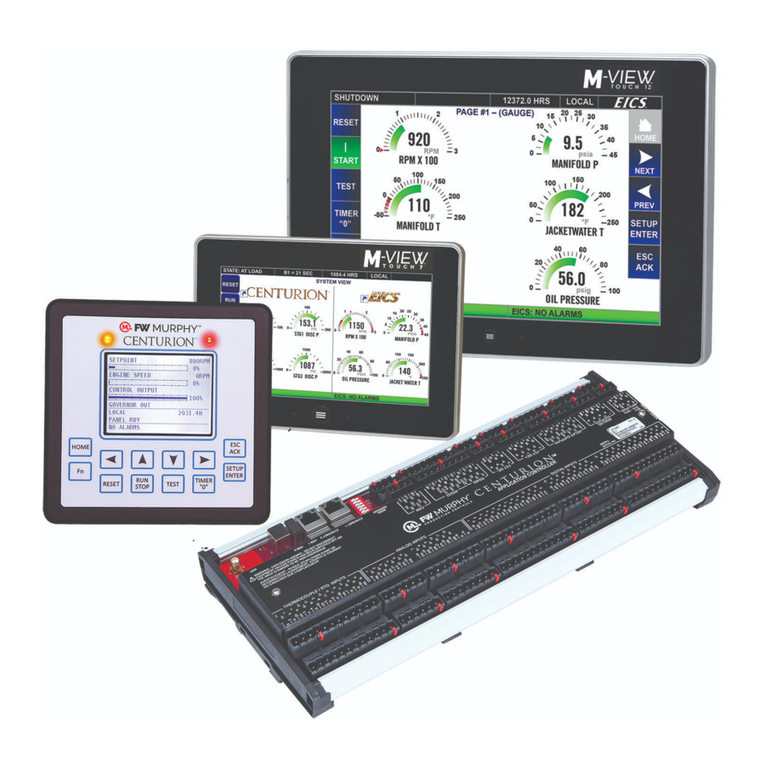
FW Murphy
FW Murphy Centurion C5 M-VIEW Touch Series Operation manual
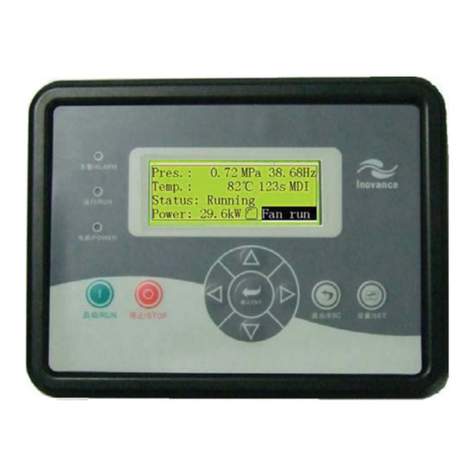
Inovance
Inovance H0U-88B1G Program manual
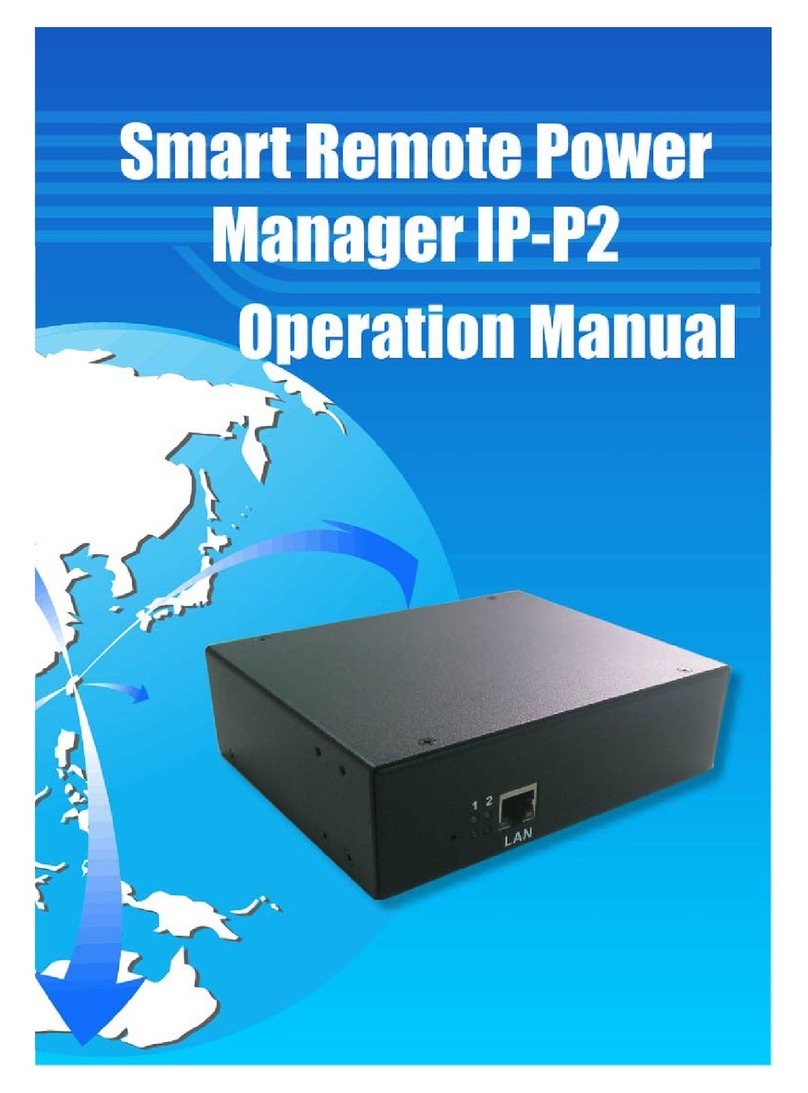
Ambery
Ambery IP-P2 Operation manual
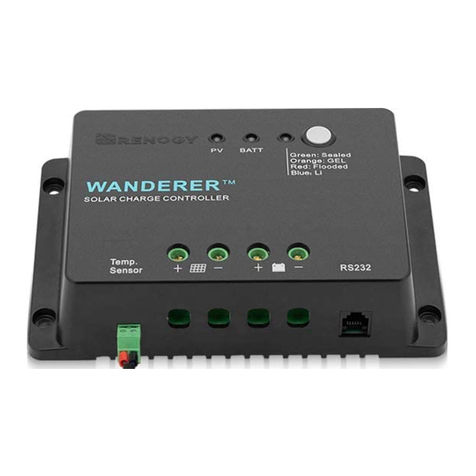
Renogy
Renogy Wanderer Traveler Series manual
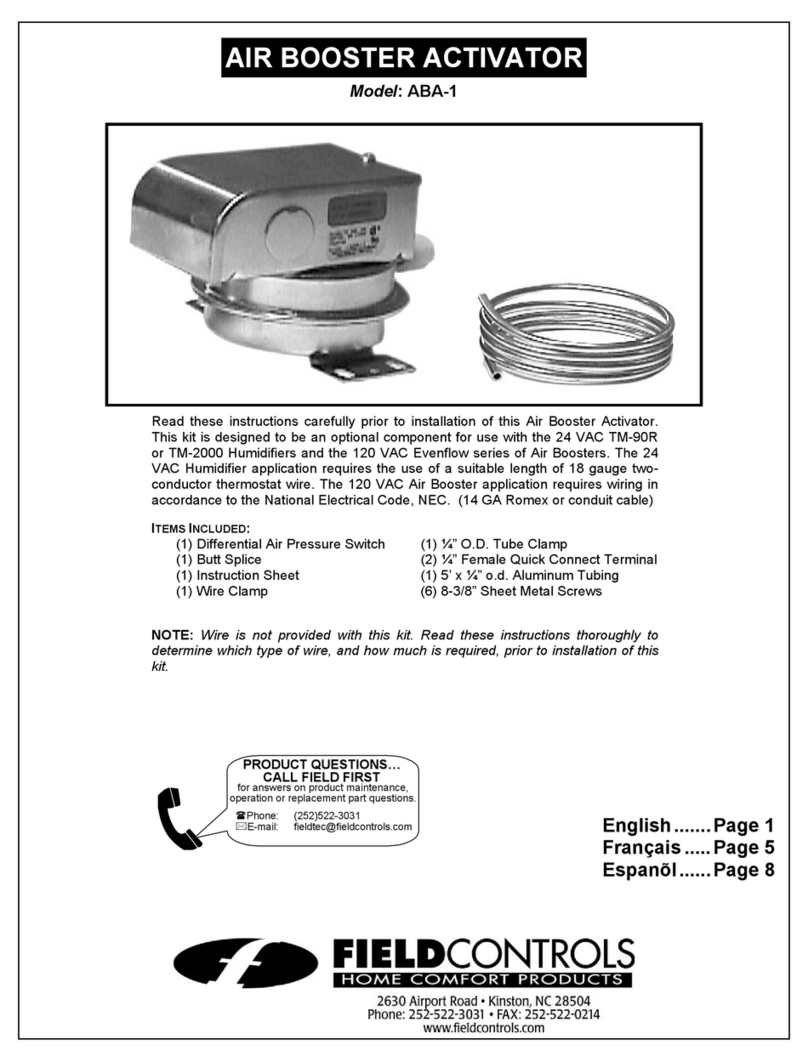
Field Controls
Field Controls 46262500 instructions
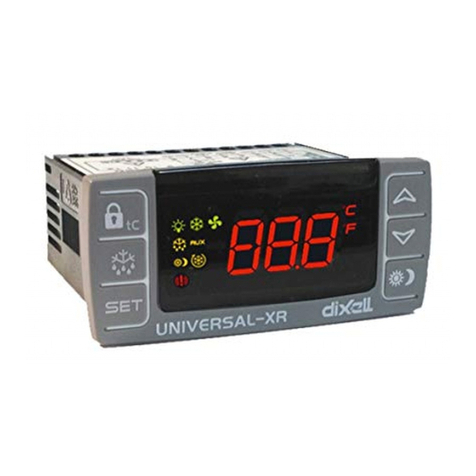
Emerson
Emerson Dixell XR40CX Installing and operating instructions
